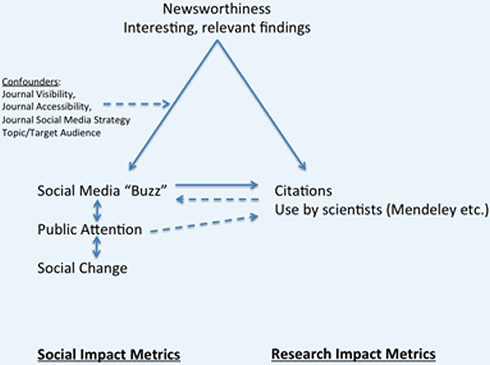‘Rate this article’ now live on JNNP, STI and BJSM
3 Feb, 12 | by BMJ
User rating is a very common feature of websites, whether for films, books, washing machines or blog posts. What these user rating systems allow is a quick and easy survey of a community opinion. Despite the obvious advantages to busy readers trying to get to grips with a vast amount of literature, this simple system hasn’t been much applied to scholarly papers. PLoS notably introduced their rating five star system back in 2007, which has had a mixed response from the publishing community.
We launched a very simple thumbs up/down rating system at the side of articles on BMJ Case Reports last year, akin to that used on YouTube and a number of news sites. The response from users has been very positive, with our most rated article boasting 441 likes. This new feature, which gives readers the opportunity to quickly and easily share their opinion on the quality and impact of a particular article, has now been rolled out to three other journals: JNNP, Sexually Transmitted Infections and the British Journal of Sports Medicine.
How do I rate an article?
To rate an article, you do not need to be logged into the site but you will only be given one vote to cast (this is controlled by inserting a cookie onto your computer). The voting buttons are visible in the box to the right-hand side of each article and also at the bottom after references (see below). Once you’ve voted, you can click on the ‘Tell us why you like/don’t like this article’ link to provide further information in the form of an e-letter. Each journal has a feed of the most rated articles, which can be used to populate widgets on the homepage and at the side of papers.
As a supplement to the basic peer review, article-level ratings offer real-time feedback from readers, allowing them to contribute publicly in the scholarly journal discussion. Over time, as the article accrues feedback, the combined scores will become more and more meaningful as a metric to evaluate importance and quality.


